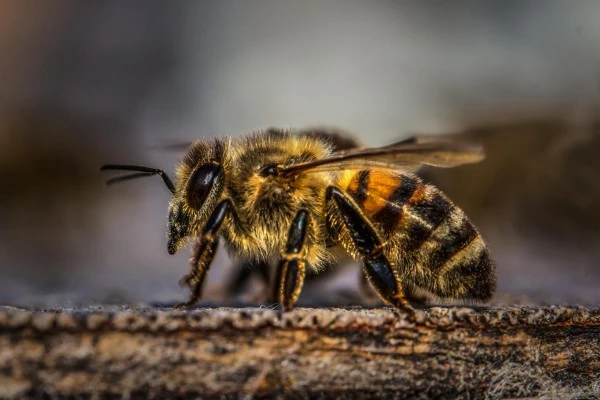Bees

Bumble Bees
- These bees are most obvious from late-spring until end summer.
- They are big hairy bees in appearance and survive in colonies of around 50-300.
- Bumble bees nests can be found in protected places including rockeries, decking and under garden sheds.
- Bumble bees do not produce honey.
- Bumble bees vary in size. They also tend to be stronger than other bees.
- Bumble bees do not swarm.
 Solitary Bees
Solitary Bees
- Solitary bees belong to the same family Mining bees, Masonry bees and Leaf cutter bees
- The solitary bee is one of the first insects to be seen during the spring.
- These bees do not survive in a colony. They can, however, be found in numbers in the garden or within soft masonry on walls.
- Solitary bees are excellent pollinators.
These bees make a hole and then lay eggs.
The eggs are then surrounded with nectar and pollen for the larvae to feed on when they emerge. The hole is then covered over with earth and left to hatch.
When the eggs hatch the young bees stay hidden during summer. They then pupate through the winter and emerge in the spring as adult bees.
 Honey Bees
Honey Bees
- A colony of honey bees contains one fertile female, the queen.
- The queen controls the number of drone bees (fertile males) and worker bees (sterile females) that are created in the nest.
- At the height of the season the nest can contain several thousand drones and significantly more workers.
- When a colony of honey bees grows significantly, a new queen is raised by the worker bees.
- This new queen then takes part of the colony and creates her own nest.
